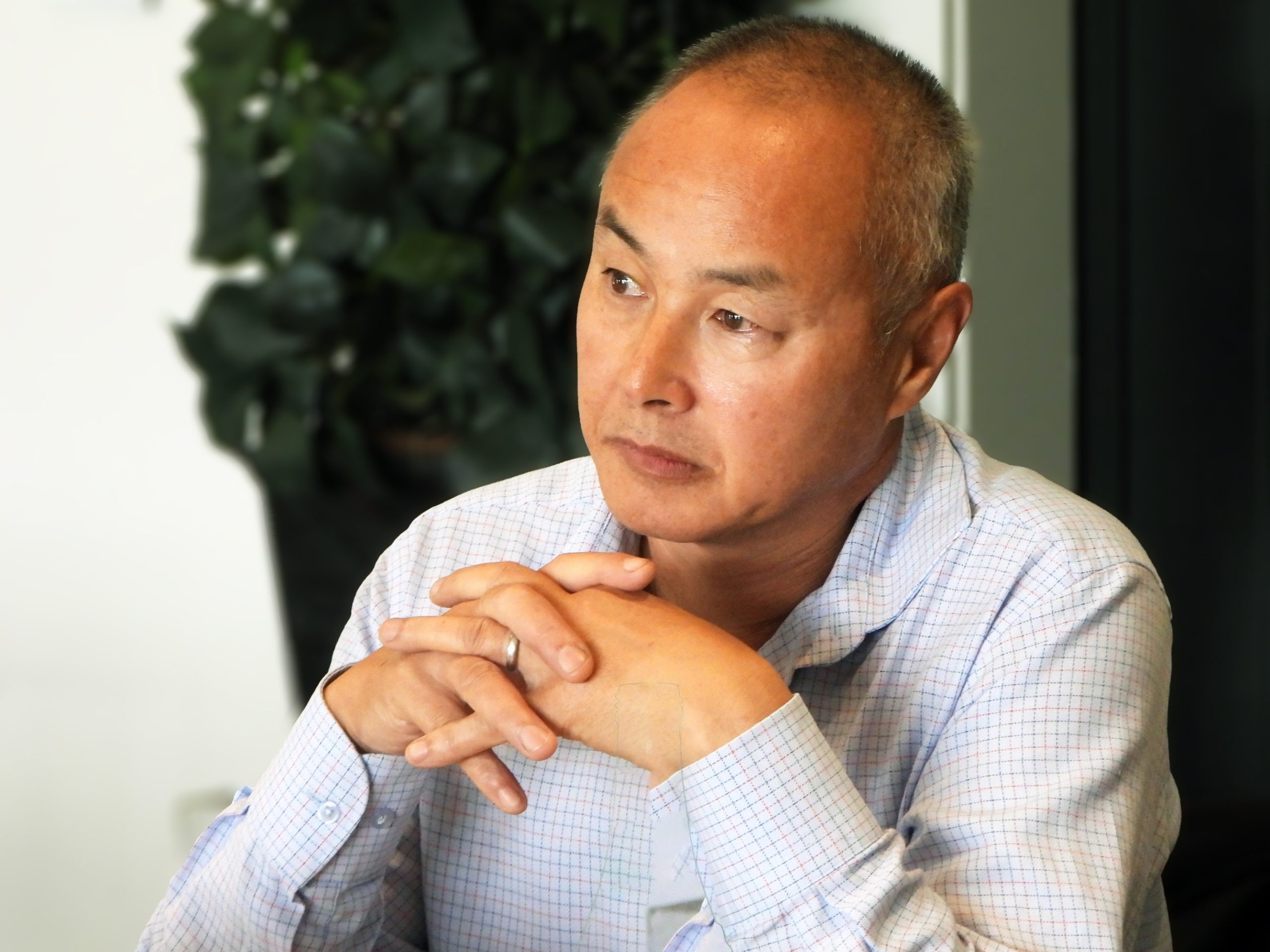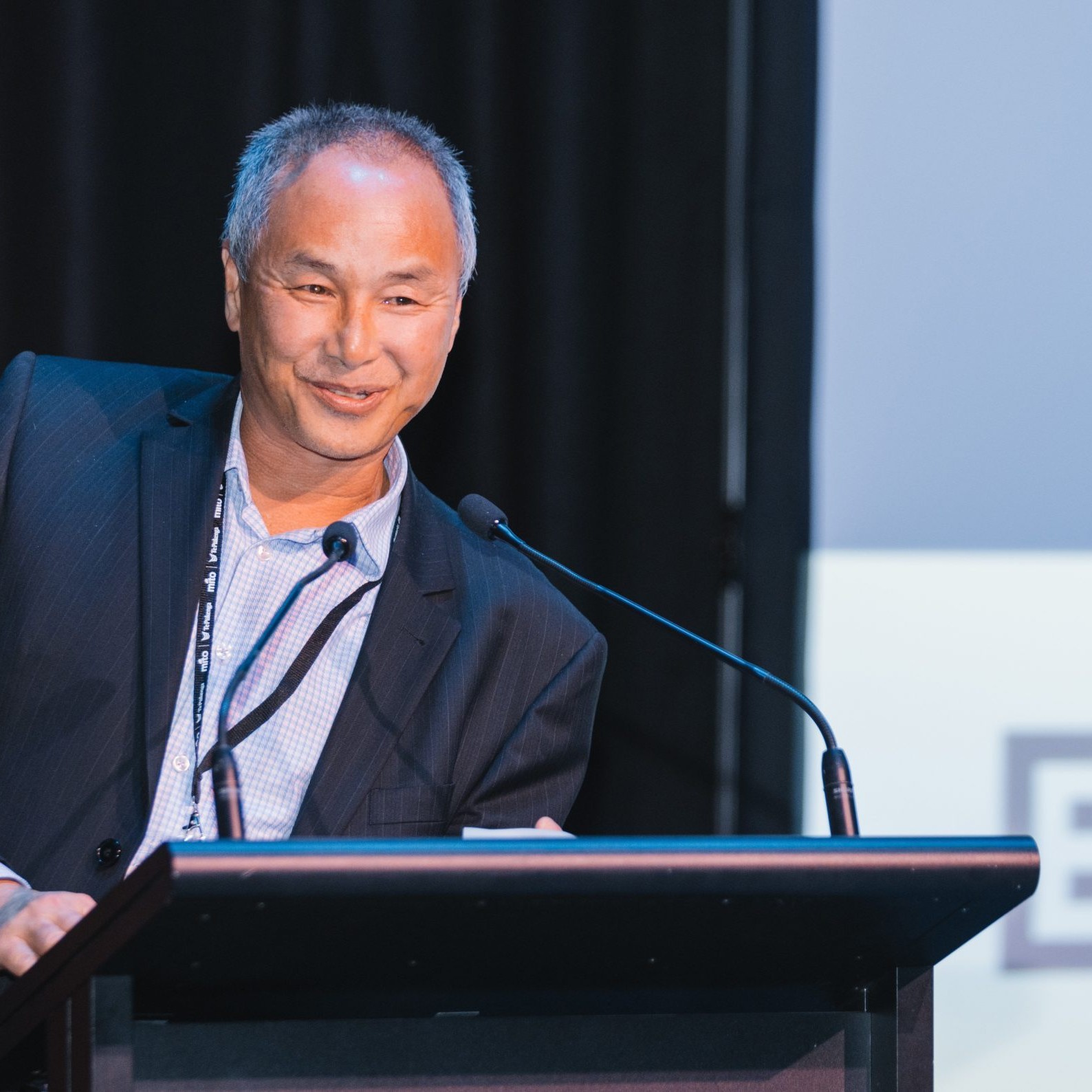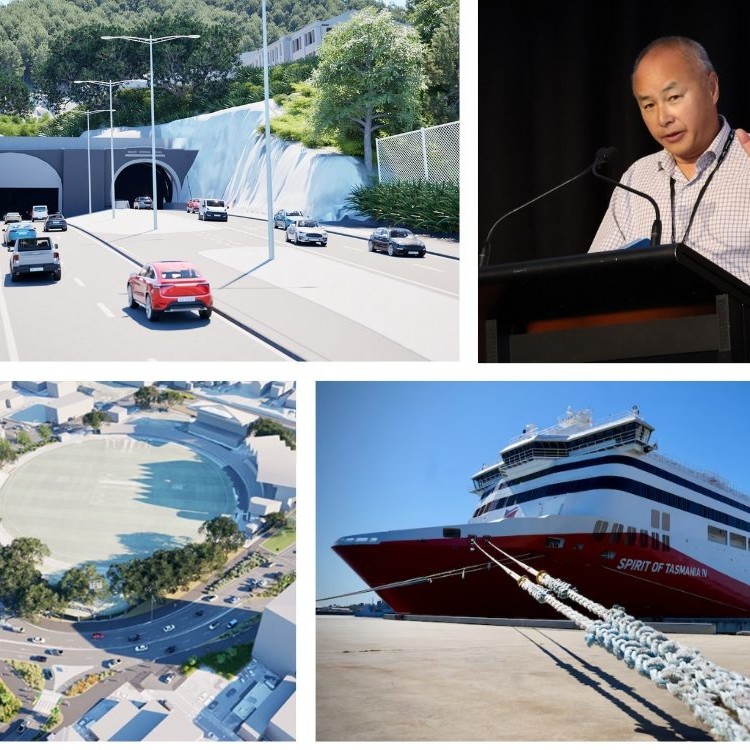
This week Transport Minister Simeon Brown announced he would introduce legislation to allow congestion pricing, otherwise known as time-of-use charging.
We followed that announcement with a press release saying we’re fully supportive of enabling that. Freight transport is a vital part of our economy, and anything that lets our members get deliveries done more efficiently is a good thing, both for their workers, their customers and the economy.
On the one hand the Minister’s announcement was no surprise. He’s been clear in earlier discussions with us that this was on his mind. It’s also perfectly aligned with the government’s strategy of improving productivity.
On the other hand, it is a surprise, but a very nice one, because the Minister’s actually had the gumption to do it. This was never going to be a popular decision, particularly under the current climate of tough economic conditions and the concerns about the cost of living.
The AA says it is cautious about implementing it in Auckland and work is needed before its members can be confident it will reduce congestion without being too much of a barrier for people to drive at peak time. The challenge will be finding the “Goldilocks zone” for the charge. For those that didn’t read the story of The Three Bears, that means the charging has to be just right – high enough to reduce congestion by encouraging people to consider other options, but low enough that people who do need to drive aren’t priced off the roads.
We agree with the AA, and we would add that for it to work other things, in particular the administrative costs for collecting the charge, need to be viable.
From what I’ve seen this government is very outcome focused, particularly in its aims to improve the economy. From the discussions we’ve had, the Minister has an extremely good understanding of how important it is that the system needs to be viable. After all, it’s his reputation at stake if it doesn’t work.
But if we do nothing, the losses that congestion are causing will not go away.
We want to get freight to where our customers want it in the best way we can and that means using the road network in the best way possible. It’s been estimated that traffic congestion in Auckland is costing the country $1b a year. That seems pretty plausible given the Ministry of Transport’s Surface Costs and Charges study in 2005 estimated that the total congestion in New Zealand was then costing $1 billion per year, ($700 million of that cost was in Auckland, $101 million in Wellington, and $77 million met by Christchurch.) More than 90% of this congestion occurs in the three main centres, and over 70% of it is in Auckland.
This loss needs to be addressed and there will be some pain and inconvenience with congestion pricing.
I was in Auckland this week and had a tighter than typical schedule which meant I was more than usually concerned that due to the traffic congestion I might miss my flight. As it turned out I got there with a bit of time to spare. But I’m lucky, I can work on my laptop while waiting for the plane so I can work around downtime losses. Whereas I feel terrible for truck drivers and despatchers who, on a daily basis, have to deal with the stress of not getting to a customer on time, or finding delays are creating issues with complying with work time legislation, particularly with getting to a suitable location for a rest break.
Technology on show
While in Auckland I attended two events that show-cased technology. One was a presentation from HWR on its dual-fuel (diesel-hydrogen) offer hosted by TR Group, and the second was the Fruehauf EXPO & Schmitz Cargobull E-Trailer Launch at the Viaduct Event Centre.
They both have links to carbon reduction. The first does this by reducing diesel use. The second is by having the trailer axle driving a generator to supply the power to manage, in this case, the reefer temperature. [The e-gen axle is pictured]. It could also feed power back to assist with a truck’s electrical demand. As well as having an e-axle, the trailer was also 2.6 m wide which is one of the explicit VDAM issues we have been discussing with NZTA.

Both events were top quality and as much as I enjoyed them from a technical perspective, even more pleasing was the leadership in taking action. In both cases there has been considerable commitment, effort and commercial investment to bring these changes to the market and I think our industry should be grateful for these initiatives. Market-led commercial solutions are the best way change will come about so hats off to Jeff Mear and his team at Fruehauf and to Gareth Wishart and HWR’s hydrogen team.
What was also interesting is the increasing awareness of the risks to our economy and export competitiveness as consequences of us not meeting our obligations to the Paris Agreement to reduce net greenhouse gas emissions by 2030, and the increasing demands for carbon reporting across the supply chain.
For me HWR’s dual-fuel approach was also notable for the related benefits it is bringing to the economy. I apologise to the HWR team if I’m over-simplifying things, but in essence the dual fuel approach means adding a tank storage system and inserting a section into the intake system with the hydrogen injection system. As an engineering nerd I think it is very cool. The storage tanks are a composite of carbon fibre and aluminium, and the 3D printing and alloy casting of the intake system insert are of very high quality. All this related work is being done locally and that means it brings value to other sectors in our economy.
RUC Invoices
Last year NZTA announced its intentions to auto-invoice RUC arrears using its high-speed weigh-in-motion (HSWIM) system.
Since last November we have sought engagement with NZTA on how it intends to implement this. NZTA has been working with Auckland University on the data collected from the HSWIM and it is still working on its implementation proposal.
On Wednesday we were assured by NZTA that it will consult the industry on how the HSWIM will be used, and we will keep you posted.





